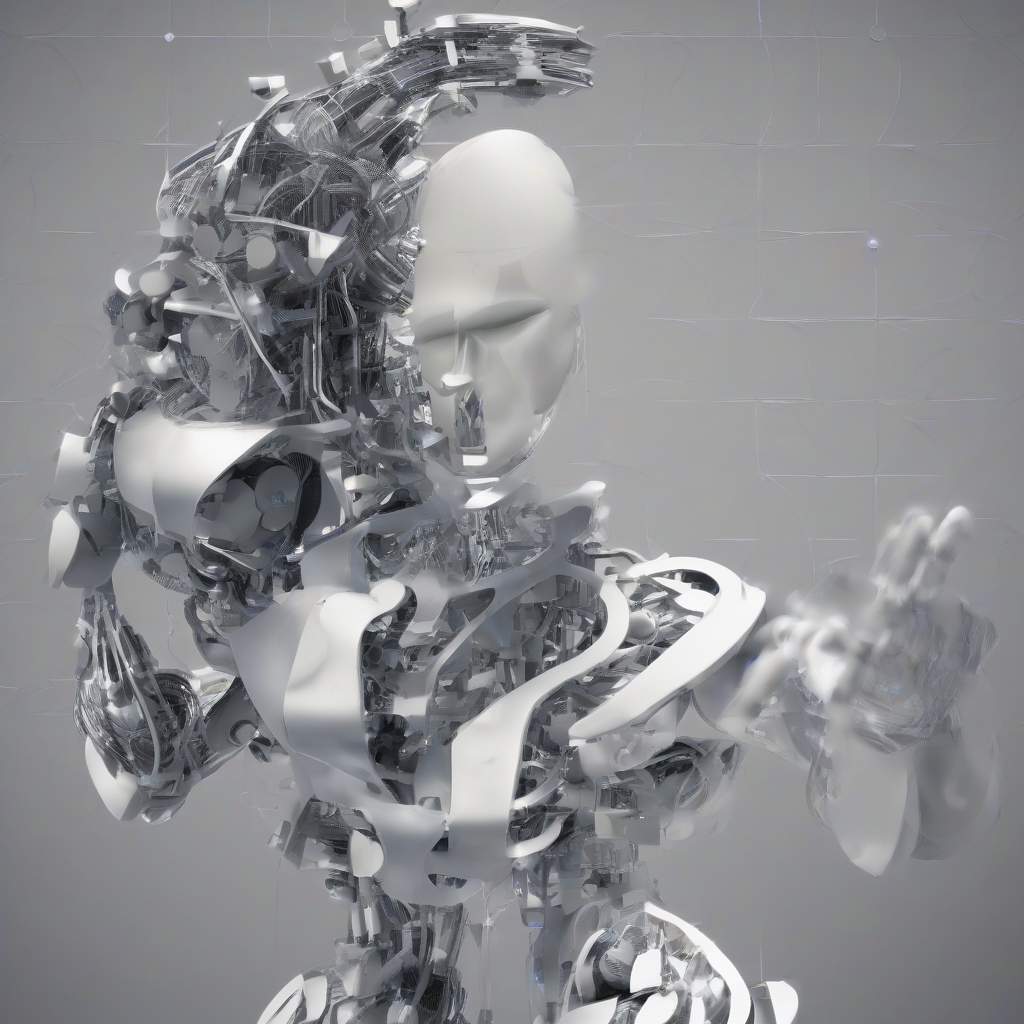Direct Memory Access Controller: Demystifying the Powerhouse of Data Transfer
In the intricate world of computer systems, data transfer reigns supreme, orchestrating the seamless flow of information between various components. At the heart of this intricate dance lies the Direct Memory Access (DMA) Controller, a specialized hardware unit that empowers efficient and high-speed data movement without relying on the Central Processing Unit (CPU).
Imagine a bustling airport where passengers (data) need to be transferred between gates (devices) with utmost efficiency. The DMA Controller acts as the air traffic controller, seamlessly managing the intricate flow of data without bogging down the CPU (the airport manager) with mundane tasks. This direct path allows for unparalleled data transfer speeds, liberating the CPU to focus on more complex computations.
Unveiling the Mechanics of DMA: A Deeper Dive
The DMA Controller, residing within the chipset, operates as a dedicated hardware module that facilitates direct data transfers between memory and peripheral devices, bypassing the CPU’s involvement. This streamlined process dramatically accelerates data transfer rates, allowing the CPU to concentrate on executing instructions, leading to overall system performance enhancements.
The DMA Cycle: A Step-by-Step Guide
The DMA Controller orchestrates the data transfer process through a series of well-defined steps, commonly referred to as the DMA cycle:
- Request Initiation: The peripheral device, needing to transfer data, initiates a request to the DMA Controller, specifying the source and destination addresses, the amount of data to be transferred, and the desired transfer mode (e.g., burst transfer, single transfer).
- DMA Controller Activation: Upon receiving the request, the DMA Controller takes charge, verifying the parameters and allocating its resources to facilitate the transfer.
- Address Generation: The DMA Controller generates the physical memory addresses for both the source and destination locations, enabling it to navigate through the memory system with precision.
- Data Transfer: The DMA Controller directly fetches data from the source location and transfers it to the destination location, bypassing the CPU’s intervention.
- Transfer Completion: Once the transfer is completed, the DMA Controller notifies the peripheral device and the CPU, signaling the successful completion of the operation.
DMA Modes: Tailoring Data Transfers to Specific Needs
The DMA Controller offers different modes of operation to accommodate diverse data transfer scenarios:
- Single Transfer Mode: In this mode, the DMA Controller transfers a single block of data, as requested by the peripheral device.
- Block Transfer Mode: This mode allows the DMA Controller to transfer multiple blocks of data consecutively, significantly increasing the data transfer efficiency.
- Demand Transfer Mode: The DMA Controller operates on demand, transferring data only when requested by the peripheral device, providing flexibility and responsiveness.
- Chain Transfer Mode: This advanced mode enables the DMA Controller to execute multiple transfers sequentially, without requiring the CPU’s intervention.
Exploring the Advantages of DMA: A Performance Boost
The DMA Controller’s direct access to memory and its ability to handle data transfers independently of the CPU offer several compelling advantages:
- Enhanced System Performance: By offloading data transfer tasks from the CPU, the DMA Controller liberates the CPU to focus on computationally intensive tasks, leading to overall system performance gains.
- Increased Data Transfer Rates: The DMA Controller’s direct access to memory and its efficient transfer mechanisms enable faster data transfer speeds compared to CPU-mediated transfers.
- Reduced CPU Overhead: With the DMA Controller managing data transfers, the CPU is relieved of the burden of handling data movement, reducing its workload and improving its efficiency.
- Real-time Data Acquisition: The DMA Controller’s ability to handle data transfers in real-time is crucial for applications requiring instantaneous data acquisition, such as audio and video streaming.
Applications of DMA: From Everyday Devices to Advanced Systems
The DMA Controller’s versatility and efficiency make it an essential component in a wide range of computing devices and systems:
- Personal Computers: DMA Controllers are ubiquitous in modern personal computers, facilitating high-speed data transfers between hard drives, graphics cards, and other peripherals.
- Embedded Systems: The DMA Controller’s efficiency and low overhead make it a valuable asset in embedded systems, where resources are often limited.
- Industrial Control Systems: In industrial control systems, the DMA Controller’s ability to handle real-time data transfers is crucial for ensuring reliable and efficient operation.
- Networking Devices: DMA Controllers play a vital role in networking devices, enabling high-speed data transfer between network interfaces and memory.
- Graphics Processing Units (GPUs): DMA Controllers are integral to GPUs, facilitating rapid data transfer between the GPU’s memory and the main system memory, enabling high-performance graphics rendering.
The Evolution of DMA: From Basic to Advanced
The DMA Controller has evolved significantly over the years, adapting to the ever-increasing demands of modern computing systems. Early DMA Controllers were relatively simple devices, primarily designed for basic data transfers. However, advancements in technology have led to sophisticated DMA Controllers with enhanced capabilities:
- Advanced Address Generation: Modern DMA Controllers employ complex address generation mechanisms, enabling them to access memory locations efficiently and effectively.
- Multiple Transfer Channels: Advanced DMA Controllers support multiple transfer channels, allowing for simultaneous data transfers between multiple devices and memory locations.
- DMA Coherence: In multi-core systems, DMA Controllers ensure data coherence, guaranteeing consistency and accuracy in data transfers across different processors.
- Hardware-Assisted Error Detection: Modern DMA Controllers include hardware-assisted error detection mechanisms, ensuring data integrity and reliable data transfers.
The Future of DMA: Shaping the Next Generation of Computing
As computing systems continue to evolve, the DMA Controller’s role will become increasingly critical. Advancements in areas such as artificial intelligence, machine learning, and high-performance computing will demand even faster and more efficient data transfer mechanisms. Future DMA Controllers are expected to incorporate novel technologies, such as:
- Increased Data Bandwidth: Future DMA Controllers will support higher data bandwidths, enabling ultra-fast data transfers to keep pace with the increasing demands of modern computing systems.
- Dynamic Data Transfer Scheduling: Advanced DMA Controllers will employ intelligent scheduling algorithms, optimizing data transfer processes to ensure maximum efficiency and throughput.
- Integration with Emerging Technologies: Future DMA Controllers will seamlessly integrate with emerging technologies, such as Non-Volatile Memory (NVM) and memory-centric computing, enabling next-generation data transfer paradigms.
Conclusion: The Unseen Powerhouse of Data Transfer
The DMA Controller, often an unsung hero, plays a vital role in the efficient and high-speed transfer of data within computer systems. Its direct access to memory and its independent operation, liberating the CPU from mundane data transfer tasks, contribute significantly to system performance and efficiency. As computing technologies continue to advance, the DMA Controller’s importance will only grow, ensuring that data flows seamlessly and efficiently, underpinning the next generation of computing innovations.








